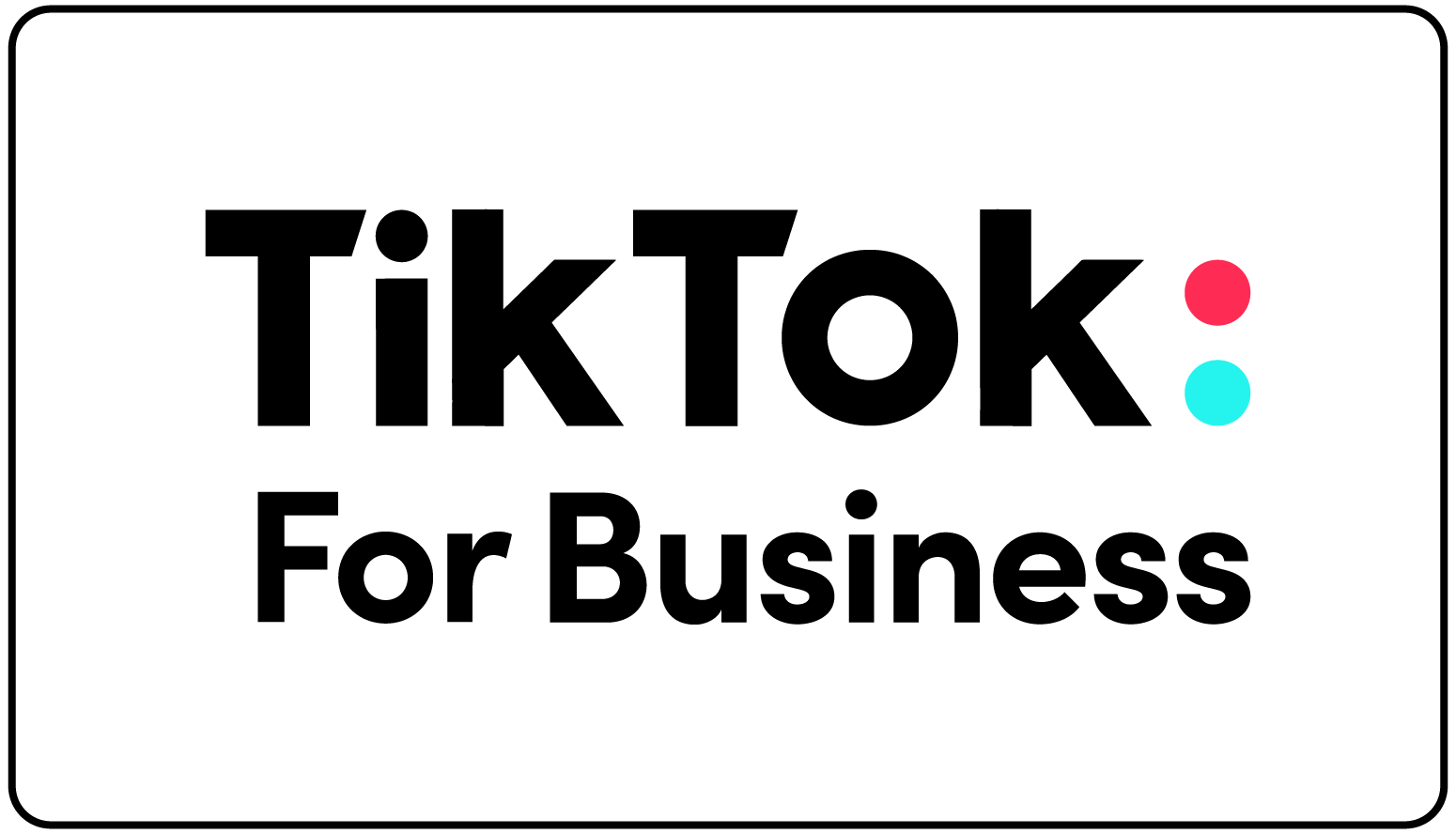Mark Zuckerberg launched Facebook in 2004, but early Facebook looked nothing like the platform we use today. It was a Harvard-only social network that gradually expanded to other colleges in the U.S. and later other countries. It wasn’t until 2006 that Facebook launched the feature it is most famous for—the News Feed, which Facebook introduced just weeks before it opened membership to everyone.
In the early days of Facebook, advertising was nowhere near as sophisticated as it is today. Facebook made direct deals with companies including partypoker.net, Apple, JP Morgan Chase, and later with Microsoft, which became the exclusive advertising partner in return for a stake in the company.
In 2007, Facebook launched Facebook Ads. At the time, Facebook Ads were limited to the sidebar. It wasn’t until 2011 that Facebook introduced Sponsored Stories, and the battle for attention in the News Feed began.
What Is the Facebook Ads Algorithm?
The Facebook Ads Algorithm decides which ads appear in the News Feed and other advertising spaces. It determines which ads to show to which users and when and where to show them.
When a company places an ad on Facebook, they define a target audience. Facebook offers a rich targeting system, allowing advertisers to target an audience by many different demographic and behavioral factors. Under-the-hood, Facebook uses a sophisticated machine learning algorithm to decide whether a user matches an advertiser’s criteria.
Many advertisers target the same groups of users, and Facebook uses an ad auction to determine which ad to show at each point in time. Advertisers bid and the winner gets the spot. But, and this is an important point, the bid is only one of the factors used to determine the suitability of an ad.
The highest bidder doesn’t always win. Why? Because Facebook plays the long game. It wants to show ads that users want to see. Facebook would rather make $1 and show the user a relevant ad than make $2 for an ad that provides a poor experience.
Over time, the algorithm Facebook uses to place ads has become increasingly sophisticated, using even more data to decide whether a particular ad is right for the user at a specific moment in time.
To advertise effectively on Facebook, advertisers need to understand the algorithm Facebook uses to decide which ads to show. In 2020, the algorithm uses advanced machine learning technology with many thousands of signals. Facebook is secretive about the details of the algorithm, but it is open about the goal of the algorithm and what it expects from advertisers.
How Did Facebook’s News Feed Algorithm Change in 2018?
In January 2018, Mark Zuckerberg announced that Facebook would begin to prioritize meaningful interactions on Facebook. The platform introduced numerous algorithm changes to improve the quality of News Feed content.
The changes aimed to banish clickbait, fake news, and other low-quality content. They prioritize user-generated content above content created by publishers. Content that generates engagement and conversation appears higher in the feed.
These changes had a significant impact on the publishing industry, with many publishers experiencing a dramatic reduction in traffic from Facebook.
While changes to the News Feed algorithm don’t directly correlate to changes in the advertising algorithm, they are a clear indication of Facebook’s goals for the News Feed. Facebook wants to show users high-quality, relevant, and engaging content, whether that’s organic content or advertising.




